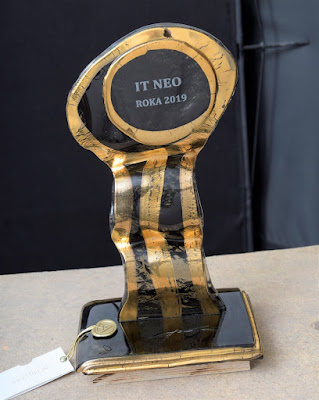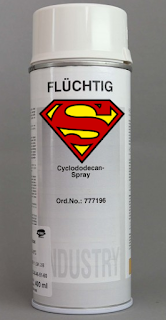How to take photographs in order to achieve the best possible results.
I have decided that I am going to give you some useful tips on how
to take photos for photogrammetry, so you are able to get the best possible
results.
Not that I am already a professional photographer. Consider this
to be do’s and don’ts when taking photos. Basically, it is the summary of what
I have learnt from various sources, what was told to me and my personal
experience.
It is actually pretty easy. There are several rules and if you
stick to them you will get high detailed 3D models.
First of all, you can really go crazy when it comes to number of
images. Honestly, why would you say to yourself: “100 images? That is enough!”
Just take as many as you want, you will thank me for this advice
when you will be creating your model.
Just to give you a hint, why is it better to take more pictures,
look at this picture.
This is what happens when you do not take enough photos.
Pretty?
Well, not really.
As mentioned in my previous post, you can manually add control points to the photos that were not aligned by software because it could not tie points together. However, here is the question:
Where you are going to place the control points when the photo is simply not there?
Of course, you would eventually found out for yourself that you
should have taken more photos. But why wait, when there is somebody who already
have done that mistake and is willing to share her wisdom with you.
What is important, is to always use the highest resolution
possible, because, basically, the resolution of an image or picture describes
the detail (or information) an image holds. The higher the resolution, the more
detail the image has.
Furthermore, each point in the scene surface should be clearly
visible in at least two high quality images. The more - the better rule applies
here.
When you are taking the pictures of something make complete loops.
You should always finish at same point where you have started. Moreover,
if you want to catch bigger detail do not jump very close to the photographed
object at once but do it gradually.
The reason is, that then software won’t be able to match points
together.
Also, when you are circling around the object try not to change a
view point. It should not be changed more than 30 degrees.
Remember, that if you are going to stand at one place, it will
produce only panorama and it does not contribute to a 3D model.
Never take more than one photo from the same position!
Never take more than one photo from the same position!
Moreover, when taking pictures, bear in mind that the images
should overlap from 60% to 80% in order to secure the best possible result.
Because this way, you will make sure that you have really covered the whole
object and that you did not miss any spot.
Light, light, light…
Do I actually need to repeat myself again? Maybe, I should rather
show you.
I hope that now you see what I had in mind. (And, yes, that is my fridge in the background)
Even if the light looks that it is good, with the highest
probability it is not. The light can be tricky, especially if you are
taking photos indoors and you do not have any special equipment. But I believe
that you will find the way how to get best possible light.
Has this given you an idea what is your next 3D model going to be? Well, before you start, bear in mind (and this is very well known fact), that shiny and transparent objects, like windows, glasses, etc. do not agree very well with photogrammetry. But if you still want to do it, there is actually a very useful article on how you it can be done: 3D Scanning Reflective Objects With Photogrammetry,
Furthermore, the photographed object must be completely still. That's why you do not see many 3D models of trees, but mainly you see tree trunks. It is because, the leafs are basically always moving, so it is very hard to create good 3D model. Also, this applies if you are going to photograph a person. There cannot be any movement of eyes or facial muscles. So, no smiling or blinking. Either smile from the beginning or don't smile at all.
One last thing that I have also learnt, is that you should not
place your object on surface that has no distinctive textures or a plain color.
In my next post I will focus on Inspection tool. I will tell you more about what it is, how it works, and how very helpful it can be. Especially, If you have your laptop with you when taking photos, because it can show you, whether you should take more photos of certain part.
Finally, I will also show you how pretty your model can be, if you actually stick to the rules.
So, stay tuned!
In my next post I will focus on Inspection tool. I will tell you more about what it is, how it works, and how very helpful it can be. Especially, If you have your laptop with you when taking photos, because it can show you, whether you should take more photos of certain part.
Finally, I will also show you how pretty your model can be, if you actually stick to the rules.
So, stay tuned!






Comments
Post a Comment